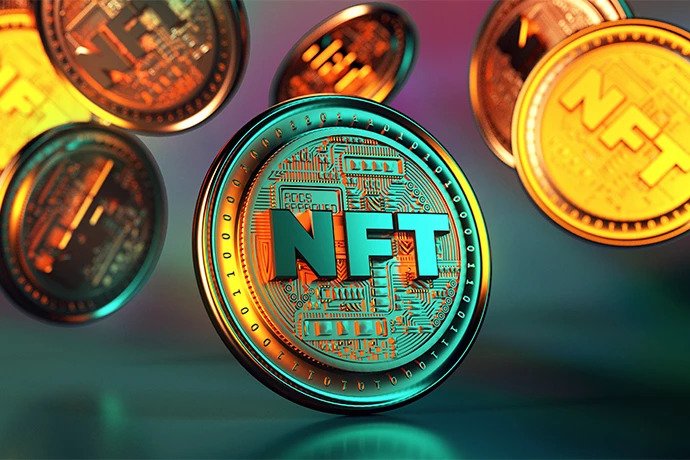Crypto and other digital currencies are once again in the news. This time it’s all about Sam Bankman-Fried, the collapse of FTX, and what it all may mean for the average investor.
For those in the dark, FTX was a cryptocurrency exchange that, at its peak, was valued at over $30 billion and had severe heavy hitters behind it like sports icon Tom Brady and others.
While the investigation continues, it’s thought that the exchange and Sam Bankman-Fried exercised fraud for years and that billions had been siphoned off and diverted.
By diverting money to Alameda, a hedge fund operated by the parent company of FTX, Bankman-Fried, and others were able to cook the books, losing a considerable portion of its capital.
That said, the popularity of crypto, particularly NFTs, has continued to grow despite the recent news.
NFTs are short-hand for non-fungible tokens, a unique digital currency that can’t be replicated. Nevertheless, NFTs gained massive popularity in 2021, with Jack Dorsey selling an NFT of his first original tweet for nearly $3 million.
Also, auction house Christie’s sold an NFT of digital art, which is a massive .jpg by the artist Beeple for $69 million, making it the most expensive digital art piece ever sold.
NFTs are not very useful for everyday transactions as there can only be one of a kind. Still, the attractiveness of an NFT is the exclusivity it provides and the authenticity it offers as a one-of-a-kind of item that can’t be replicated.
And like all rare things, NFTs will gain value as their exclusivity and authenticity can be proven and collected.
Like most digital currencies, NFTs are DeFi products, meaning that they are DEcentralized Finance products not backed by any fiat currency or issuing bank.
Fiat currency is backed by a government and Central Bank that controls the total amount of currency in circulation and stabilizes values.
DeFi, on the other hand, derives its value from the available amount and the public interest in obtaining those tokens. So if supply is lower than demand, the tokens are more valuable, but the reverse is also true.
Combining DeFi and NFTs allowed for the meteoric rise in values and the just as sudden crash and fall of the currency.
The appeal of NFTs in the long haul is still to be determined. They provide a compelling way to create a unique and irreplaceable transaction, but to do so requires the use of smart contracts.
The power of NFTs is that they provide the three pillars of a characteristic investment; authenticity, scarcity, and permanence. These characteristics improve the desirability of the investment vehicle, and in the long run, NFTs are the best digital currency to consider.
To create a transaction using NFTs, the two parties must enter into a smart contract.
An NFT smart contract example is when two parties agree to a transaction, and the original holder assigns a smart contract to the new owner, transferring the NFT in the process. It cannot be replicated or duplicated; once the smart contract is used, it’s worthless.
The benefits are the direct transfer of digital currency from one party to another without an intermediary, fees, or restrictions that exist outside the smart contract. In addition, this process makes negotiations and transactions easier to conduct between parties.
The power of NFTs isn’t just in hypotheticals or digital art. The popularity is spreading to gaming and collectibles as well. For example, a recent digital sports card by Kylian Mbappe recently sold for $65,000, while Kings of Leon became the first band to release an album as an NFT.
For investors looking for safe spaces to invest in digital currency, NFTs create an unusual opportunity. Investing in a single NFT may be more valuable over time than stocks or bonds in a world of replicas. Think about paintings by Rembrandt, Picasso, or Van Gogh. They are more valuable than most galleries’ entire catalogs.
Crypto and digital currencies are back in the news, which raises interest and concerns about the future of digital currency in general.
But, while coins can be split off and traded, NFTs provide a layer of security that digital coins lack and may be the future of digital investing.

